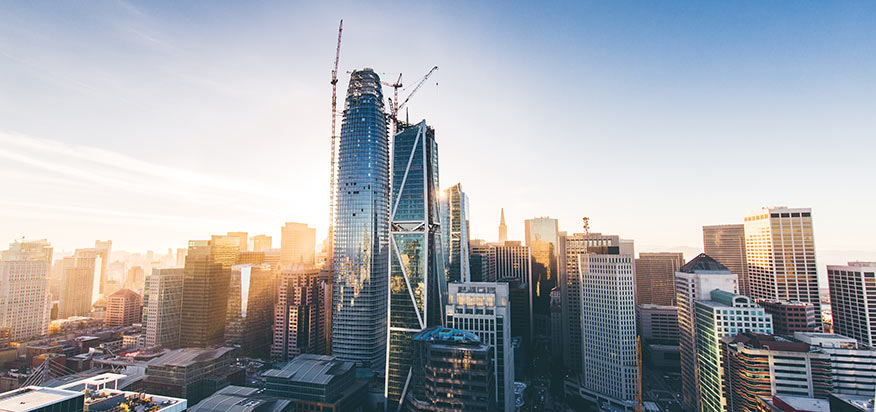In the wake of the devastating fires that occurred in Northern California late last year, some have called for a slowdown in the rebuilding process to make time for more thoughtful planning for the future. Unfortunately, the disasters that struck Northern and later Southern California may become the “new normal” as the state prepares for another season of drought.
Building Energy Code: Planning for the Future

In the wake of the devastating fires that occurred in Northern California late last year, some have called for a slowdown in the rebuilding process to make time for more thoughtful planning for the future. Unfortunately, the disasters that struck Northern and later Southern California may become the “new normal” as the state prepares for another season of drought.
Local communities are not powerless to prepare for these disasters as they become a regular part of life in California. We can use our local building codes to make our homes and businesses more resilient to future disasters.
Building codes can provide many public benefits such as fire safety, structural stability, environmental health, and energy conservation. Increasing each of these benefits is going to be key to making our communities more resilient to a changing climate. New technologies that increase resilience may add more cost to constructing buildings. But as this article points out, builders are smart and they find ways to keep prices low while also meeting more stringent standards.
Although California is already on the way to implementing a state standard for making residential and commercial building more efficient than ever a few local governments have already implemented their own more stringent codes to make their communities for sustainable and resilient in the future. The more stringent codes can include everything from lighting and insulation to solar and EV readiness.
Along with building codes, communities can also incorporate microgrids in an integrated strategy to increase resilience. As ACEEE points out, more efficient homes tied in with a microgrid can increase the time homes can remain hospitable when critical energy infrastructure fails during a disaster. Additionally, municipal infrastructure such as police and fire stations, hospitals, and wastewater treatment plants connected to microgrids can ensure that critical services can continue to be provided in times of emergency.
If you are already working on resilience planning for your community take a second look at your building energy code. Enhancing local energy code is the least we can do to build resilience but it sets the a critical minimum standard that we expect in our communities.
Local Government Commission Newsletters
Livable Places Update
CURRENTS Newsletter
CivicSpark™ Newsletter
LGC Newsletters
Keep up to date with LGC’s newsletters!
Livable Places Update – April
April’s article: Microtransit: Right-Sizing Transportation to Improve Community Mobility
Currents: Spring 2019
Currents provides readers with current information on energy issues affecting local governments in California.
CivicSpark Newsletter – March
This monthly CivicSpark newsletter features updates on CivicSpark projects and highlights.



